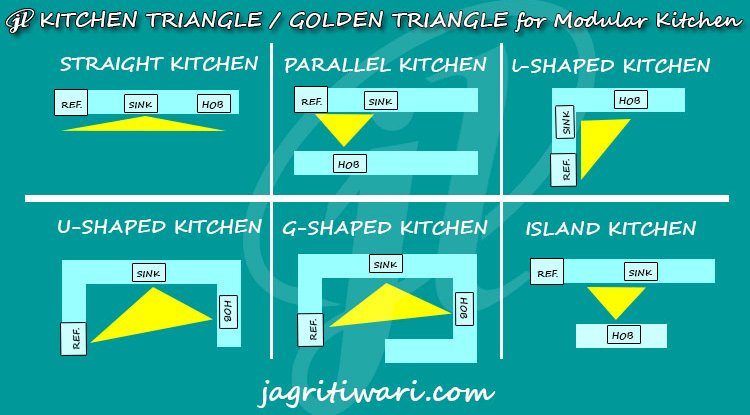INTERIOR DESIGN - 10 DESIGNING STYLES
Interior design is all about how we experience spaces. It’s a powerful, essential part of our daily lives and affects how we live, work, play, and even heal. Comfortable homes, functional workplaces, beautiful public spaces—that’s interior design at work.
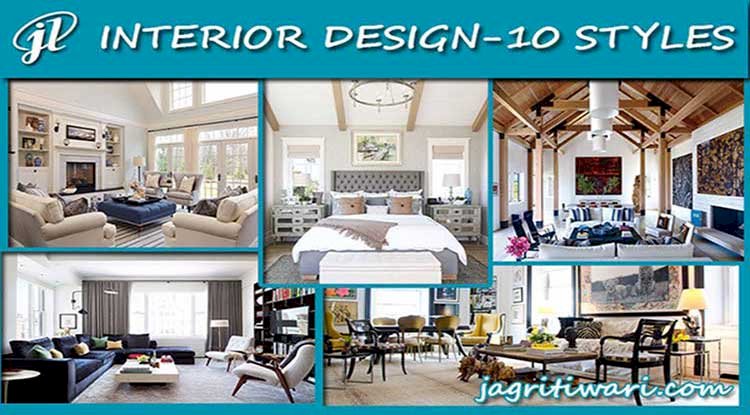
What is Interior Design?
Interior design is defined as, “the art or process of designing the interior decoration of a room or building.” While a “process” may include a set of rules or stringent guidelines, the concept of “art” is much more fluid and subjective.
Can I Afford an Interior Designer?
It is a misconception that hiring an interior designer is so expensive that only the wealthy can afford one. While an extensive remodel of your home could require the financial means to embark down this road, updating your living space does not have to cost a fortune.
You will have to pay for the services of a good interior designer. However, you might be surprised at how much that can save you along the way. Remember, most interior designers have contacts and connections to get you discounts on flooring, furnishings, and remodelling services. They also oversee your remodelling and design project so that you do not have to worry about it yourself.
Different Types of Interior Designing Styles
The types and styles of interior designing are many. It is really very difficult to discuss all in a single content.
Some very important and popular variety of interior designing are discussed below:
- Nautical Interior Designing Style
- Contemporary Interior Design Style
- Traditional interior designing style
- Modern style of interior design
- Industrial interior design style
- Minimalist interior design style
- Mediterranean Interior design style
- Mid-century modern interior designing style
- Eclectic interior designing style
- Beach style interior design
1. Nautical Interior
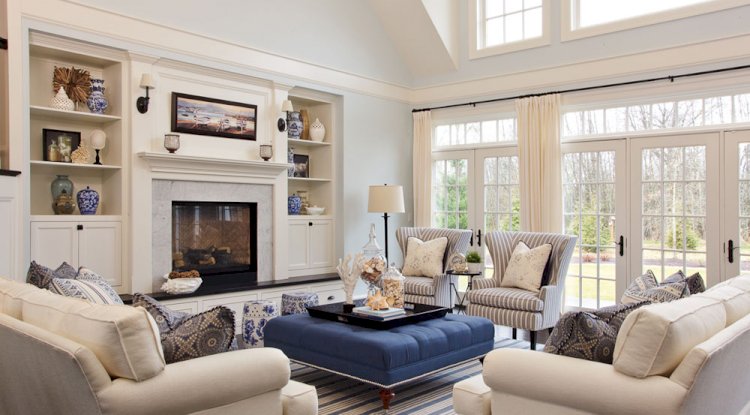
- Warm, relaxing, and positive.
- The nautical décor has examples from cottage or coastal style décor. Normally, the designers put the foundation of sand color or white color.
- The experts also put a touch of blue. Since the theme is of coastal, the decorative materials used here are jute ropes, sailboats, seashells in clear jar, navigation map etc.
- The designer uses wood in unfinished form to bring a natural view.
2. Contemporary Interior
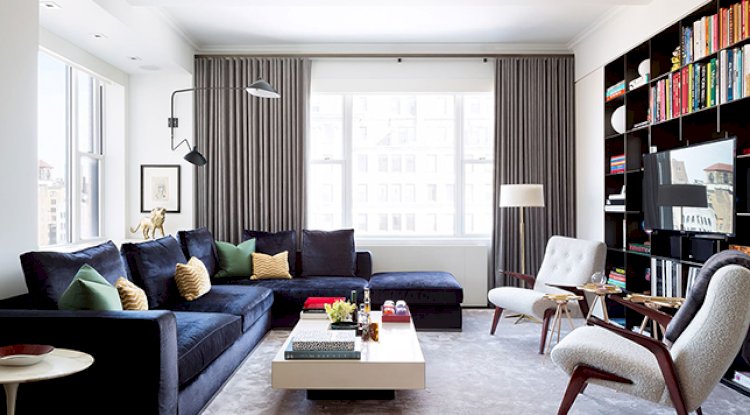
- Contemporary style is often interchanged with modern design – however, there are a few differences.
- Unlike its modern counterpart, contemporary style borrows from various time periods, creating an eclectic environment.
- For instance, sleek, simple furniture and art can be combined with detailed molding around walls and windows.
- Contemporary style also takes a note from minimal home design, as layouts are open and airy with no clutter in sight.
- Furnishings have sharp, 90-degree angles and are upholstered with simple fabrics such as wool, cotton and linen that have no ornamentation or patterns.
- Instead, sofas, chairs and stools are covered in neutral colors like black, white and tan.
- No fringe, skirts, trim or tassels can be found on contemporary furniture, as all legs are exposed.
- Light fixtures are made up of sleek materials like glass, ceramic, polished nickel or stainless steel.
3. Traditional interior
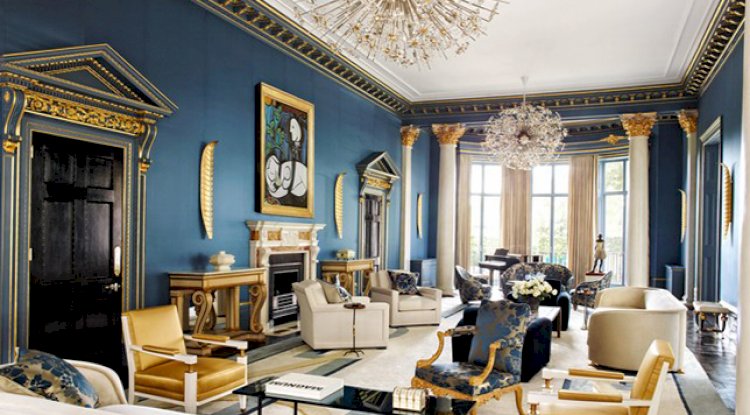
- Traditional design style offers classic details, sumptuous furnishings, and an abundance of accessories. It is rooted in European sensibilities.
- Traditional homes often feature dark, finished wood, rich colour palettes, and a variety of textures and curved lines.
- Furnishings have elaborate and ornate details and fabrics, like velvet, silk and brocade, which may include a variety of patterns and textures.
- There’s depth, layering and dimensionality within most traditional designs.
4. Modern style of interior
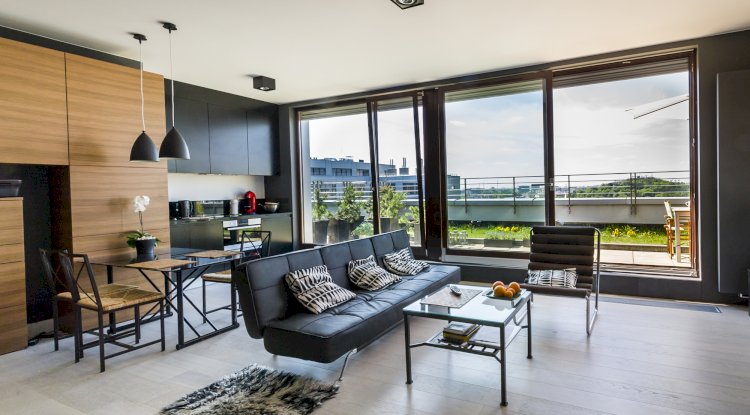
- Modern is a broad design term that typically refers to a home with clean, crisp lines, a simple colour palette and the use of materials that can include metal, glass and steel.
- Modern design employs a sense of simplicity in every element, including furniture. A word that’s commonly used to describe modern style is sleek, and there is not a lot of clutter or accessories involved with a modern style.
5. Industrial interior
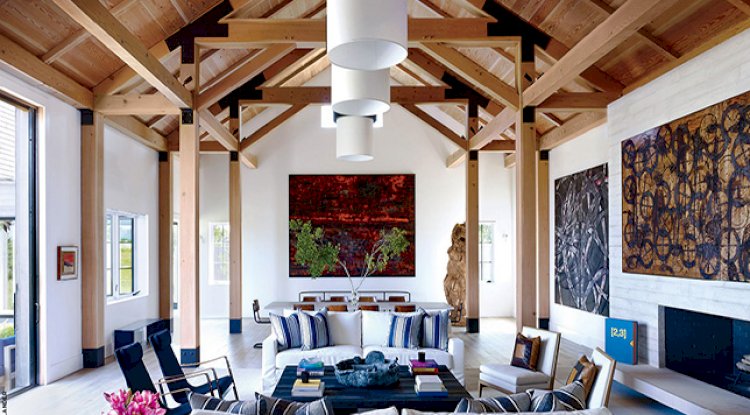
- Industrial style as the name implies, draws inspiration from a warehouse or an urban loft.
- There’s a sense of unfinished rawness in many of the elements, and it’s not uncommon to see exposed brick, ductwork and wood. An iconic home with an industrial design theme would be a renovated loft from a former industrial building.
- Think high ceilings, old timber and dangling metal light fixtures with sparse functional furniture. There may possibly be one or two pieces of abstract art or photography to add a dash of colour to an otherwise neutral colour scheme derived from the primary materials of wood and metals.
6. Minimalist interior
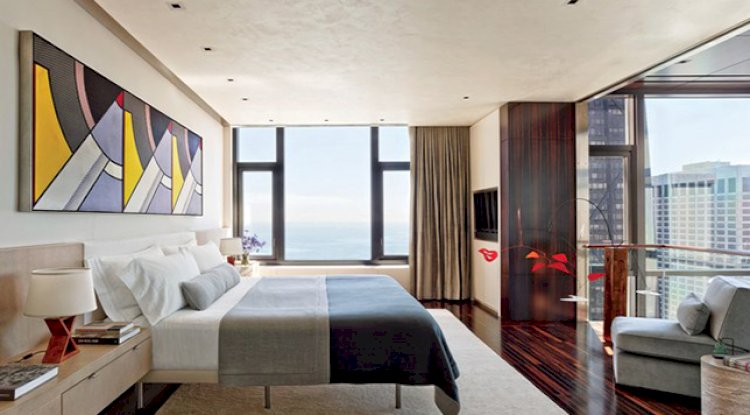
- Minimalist homes are free of any clutter, only displaying items like couches, tables and light fixtures that are essential for functional living.
- Minimalist interiors have a focus on simplicity and effortless beauty. Character is brought forth not through detail, but through natural materials and essential items.
- Rooms are monochromatic, usually featuring subdued neutrals. Walls are kept simple with only one or two decorative pieces, like a canvas or a mirror.
- All surfaces, from the kitchen to the bathroom should be completely cleared off.
- Furniture features clean lines with very little detail, and they often double as storage, like ottomans that open up to reveal space.
- Architectural minimalism is influenced by Japanese Zen philosophy and the aesthetic principles of Ma and Wabi-sabi, which appreciate the value of empty space and absence of ornamentation.
7. Mediterranean Interior
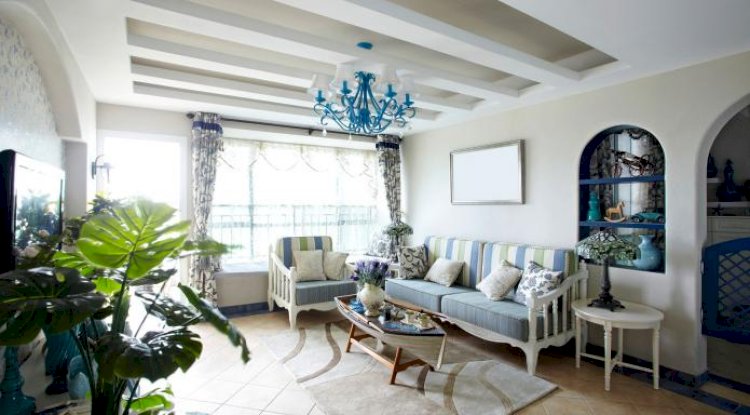
- Much like Greek interiors, Mediterranean design is influenced by location. Touches of Spain, Greece and Italy can be found in Mediterranean homes, and these locations are brought to life through bright, bold colors influenced by the sea and sky, like turquoise, emerald and yellow.
- Decorative mosaic tile is often used on interior elements like floors, table tops, bullnose edged counters, mirrors and backsplashes to bring a charming rustic appeal to the home.
- Mediterranean furniture is built short and low to the ground. The feet on the furniture are turned and ornately detailed.
- The outdoors is always embraced, and many homes blur the line between inside and outside using picture windows and glass sliding doors.
- Red tiled rooftops, similar to Tuscan architecture, adorn many Mediterranean homes. Wrought iron banisters and balconies are also popular features.
8. Mid-century modern interior
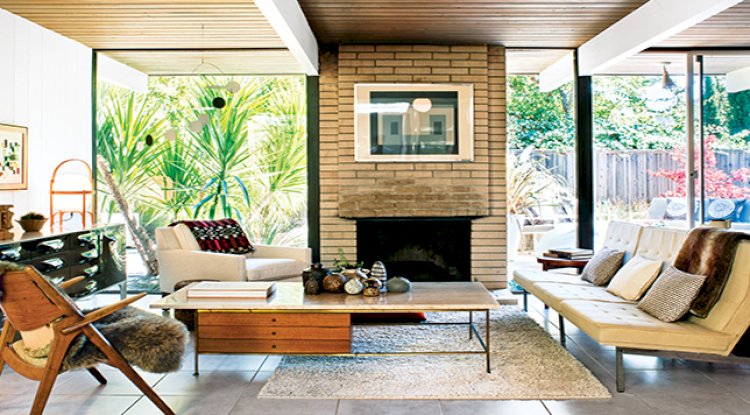
- Probably one of the most prolific interior design styles of all time, mid-century modern borrows from the best of 50’s and 60’s for a clean retro Danish inspired feel.
- Simple straight forward silhouettes, organic shapes, quiet fabrications, and an emphasis on functionality are hallmarks of mid-century modern styling. That said, the movements minimal bent makes it a great option when looking to update traditional style interior design with ease.
- Plus, mid-century modern furnishings look great in almost any room and make for great elements when looking to create rich, diverse, interior design styles living room.
9. Eclectic interior
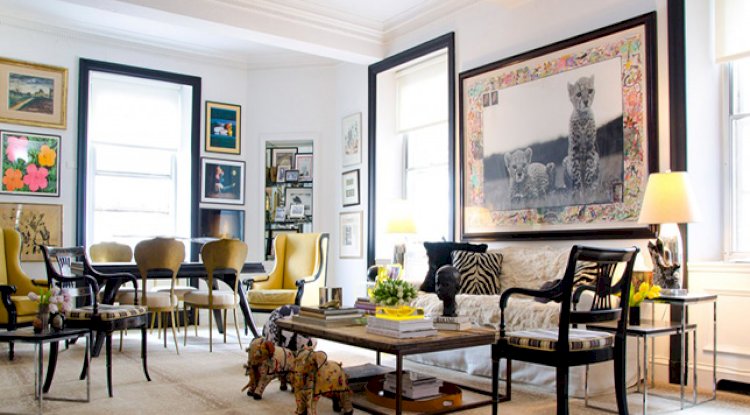
- Eclectic home design embraces numerous styles such as modern, vintage and bohemian.
- A variety of materials and textures are also mixed and matched – you might see a leather sofa combined with a plush rug, a weathered wood table, wrought iron pendants and chrome wall decor.
- Unlike minimalist styles, eclectic interiors are often filled with various knick-knacks, like vintage dinnerware, modern sculptures, flower vases, etc.
- Mastering an eclectic home is all about drawing on a number of different textures, colours and styles for a unique environment filled with personality.
- Despite the variety, this style is not chaotic or haphazard. There are cohesive motifs and themes that tie the disparate pieces together.
- A common thread such as a recurring neutral tone or shape is often used to subtly connect the varied pieces and create a sense of belonging.
10. Beach style interior
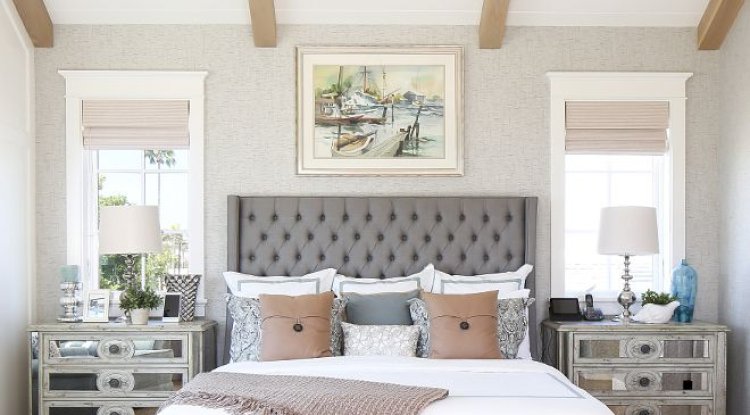
- Beach house style evokes a light, airy feel, just like the vibe you would get while sitting with your toes buried in the sand.
- Color palettes are typically drawn from lively coastal hues found in nature, such as sky blue, beige and crisp white.
- Bright, sunny shades like coral and turquoise can also be incorporated to give the space personality.
- Natural materials such as weathered wood and sea glass are commonly found in beach house design.
- To keep with the airy ambiance, furniture is commonly made up of wicker or distressed wood.
- Chairs and sofas are upholstered with lightweight materials such as cotton or linen.
- Light fixtures come with nautical flair – table lamps, for instance, might feature a repurposed buoy or some jute rope as their base.
- Rustic lanterns made of copper or iron may also be used as wall sconces.
What's Your Reaction?

















